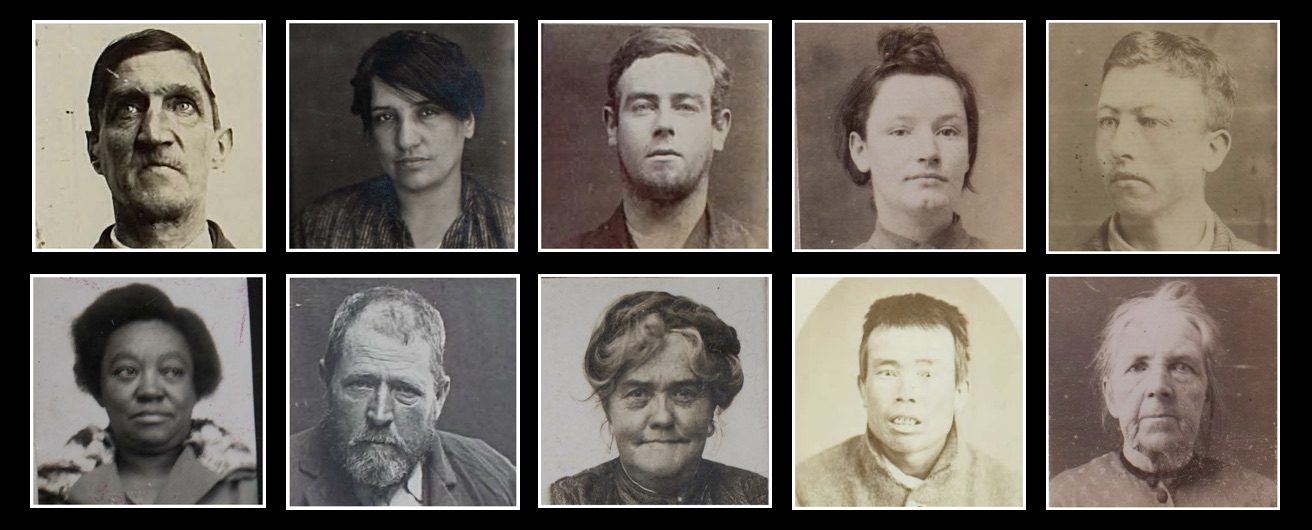Being a habitual drunkard was an offence under Victoria’s Police Offences Statute 1865, section 35, subsection 3:
Any habitual drunkard having been thrice convicted of drunkenness within the preceding twelve months and any common prostitute who in any street or public highway or being in any place of public resort shall behave in a riotous or indecent manner…shall be liable to imprisonment in any gaol for any time not exceeding twelve months with or without hard labour.
During the late nineteenth century prison authorities complained of high numbers of men and women passing in and out of prison repeatedly due to habitual drunkenness, and asked that alternative facilities be established to deal with alcohol addiction.
Inebriate asylums were established in Victoria from 1872, but their use was confined to those inmates whose friends and family could pay for their detention for a period of up to 12 months (in the hopes that removal from temptation would cure their addiction to alcohol).
Following continued pressure from prison authorities and the general public, Victoria’s Inebriates Act 1904 empowered magistrates to sentence those who had had more than three convictions for drink-related offences to a 12-month detention in a licensed inebriates asylum.
Lack of funding for such asylums meant there was not always room available to cater for all potential candidates; consequently, individuals also continued to enter the prison system as a result of drunkenness. The history of such places in many ways mirror similar concerns and policy debates about drug rehabilitation centres versus imprisonment for drug possession offences in contemporary times.
